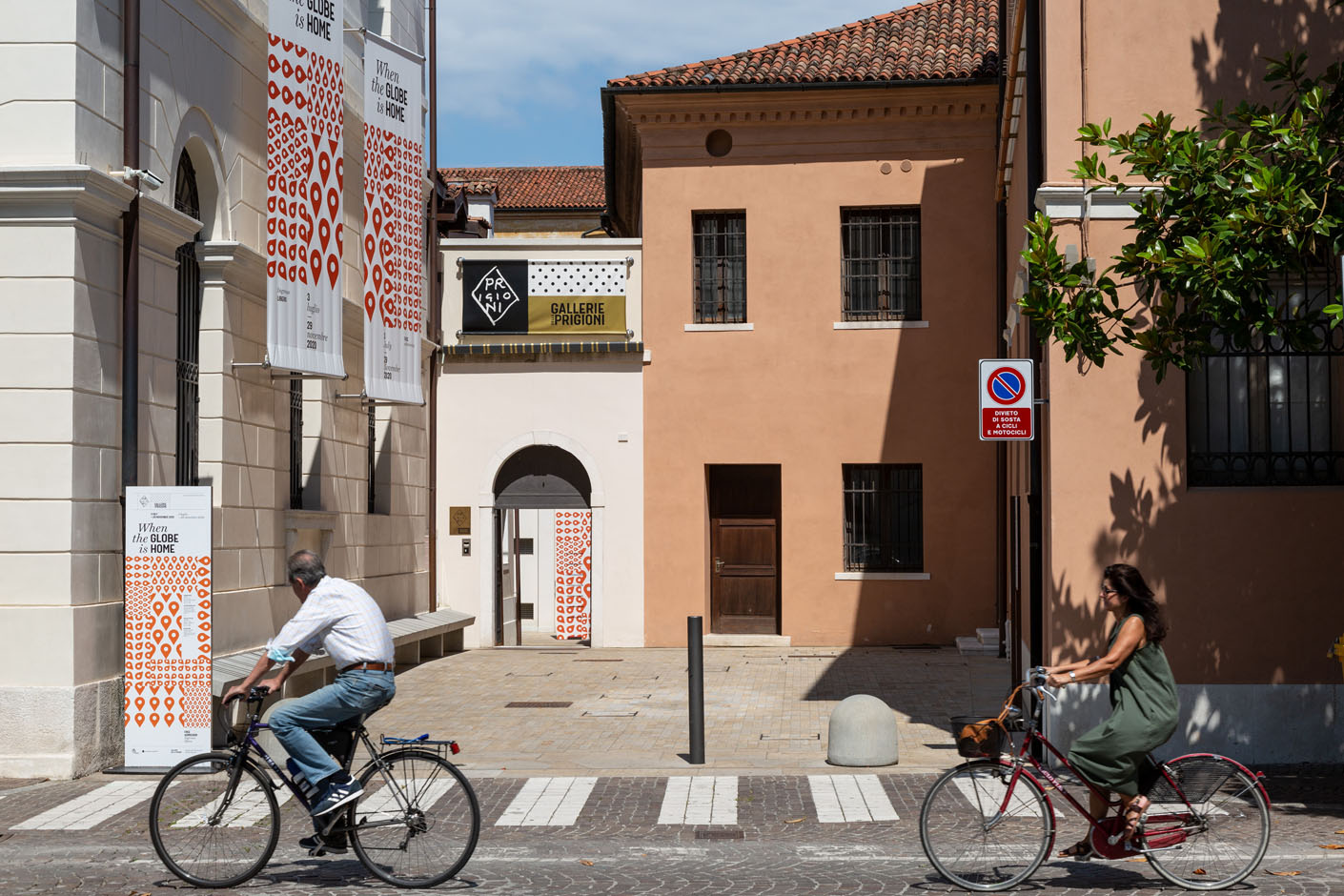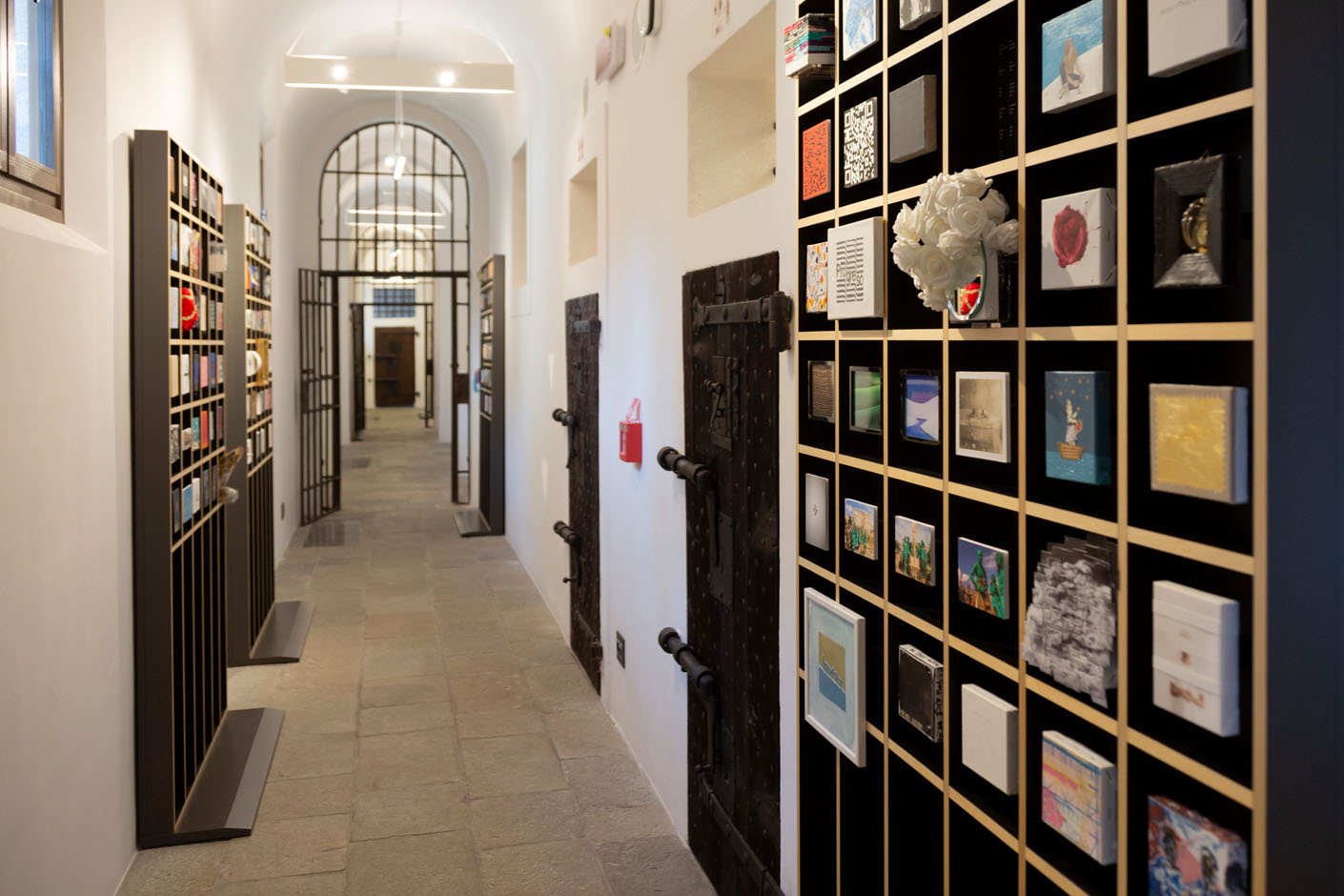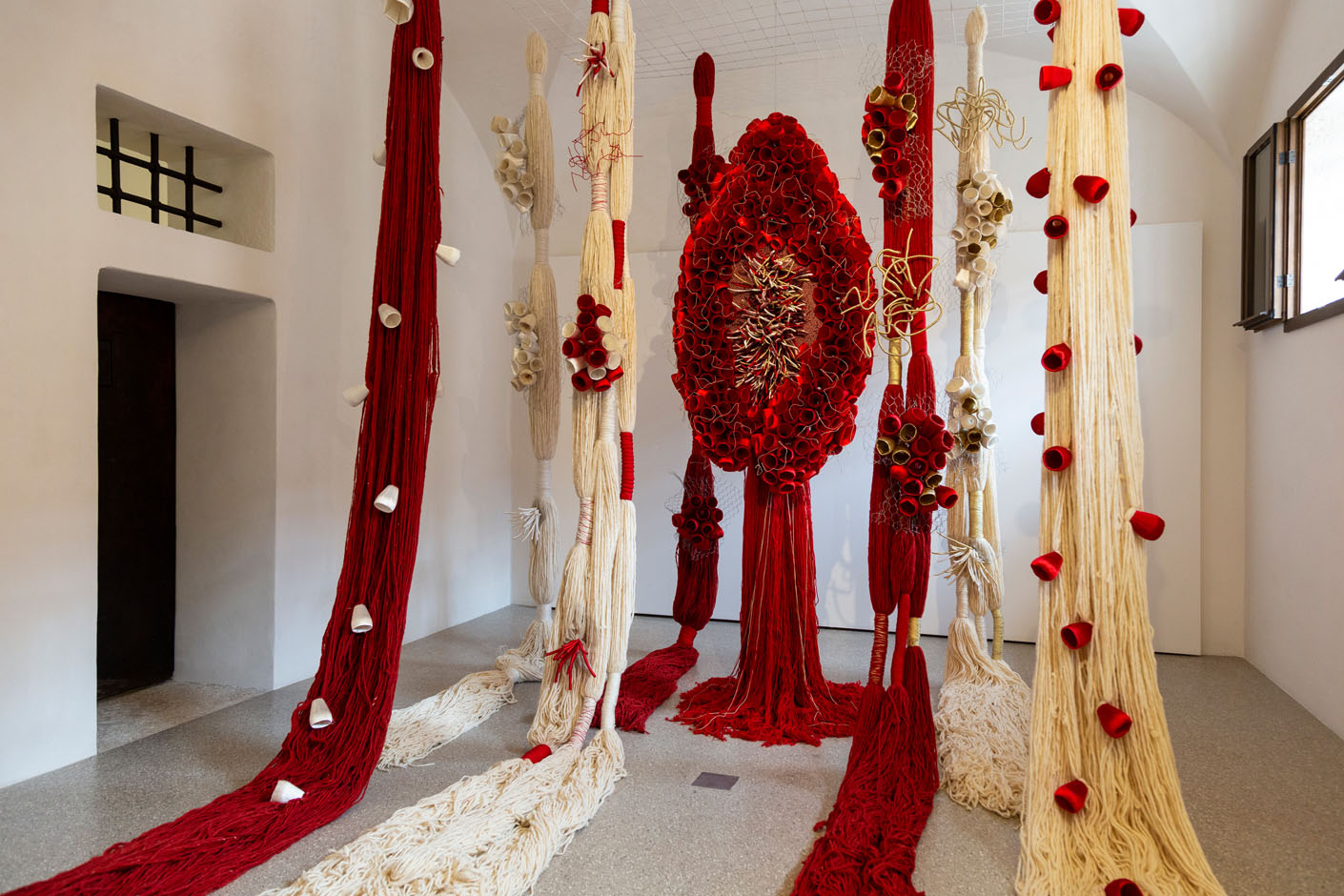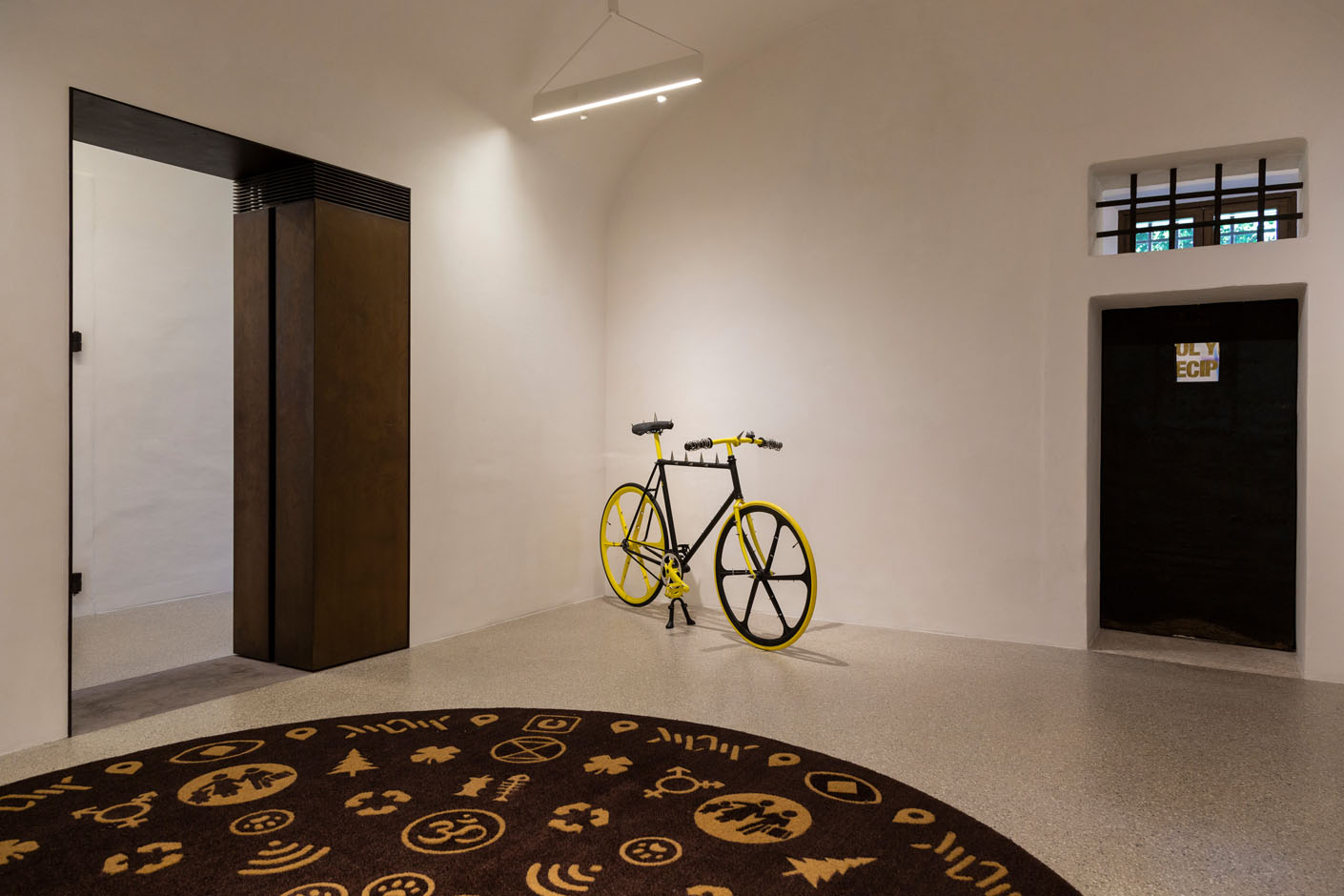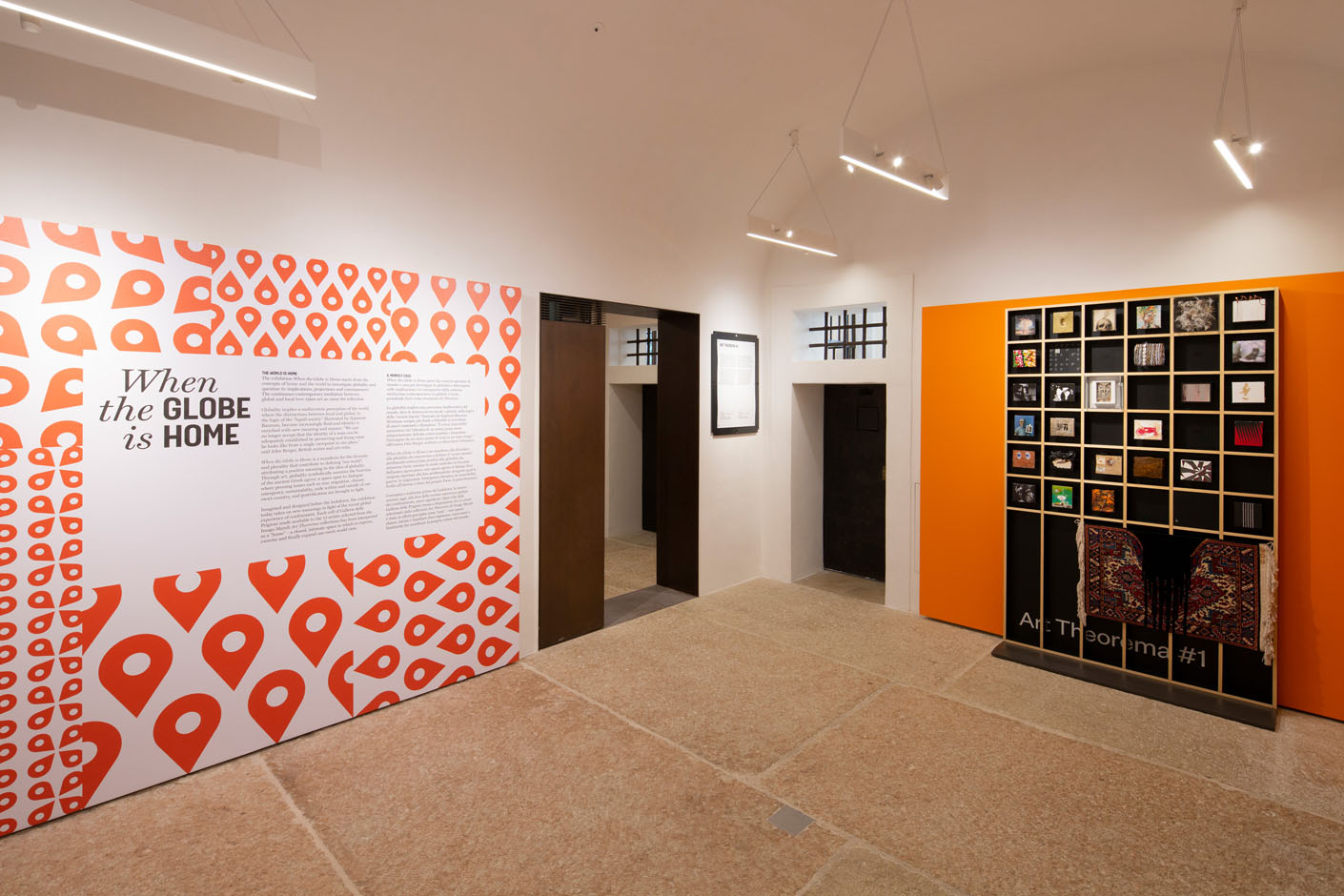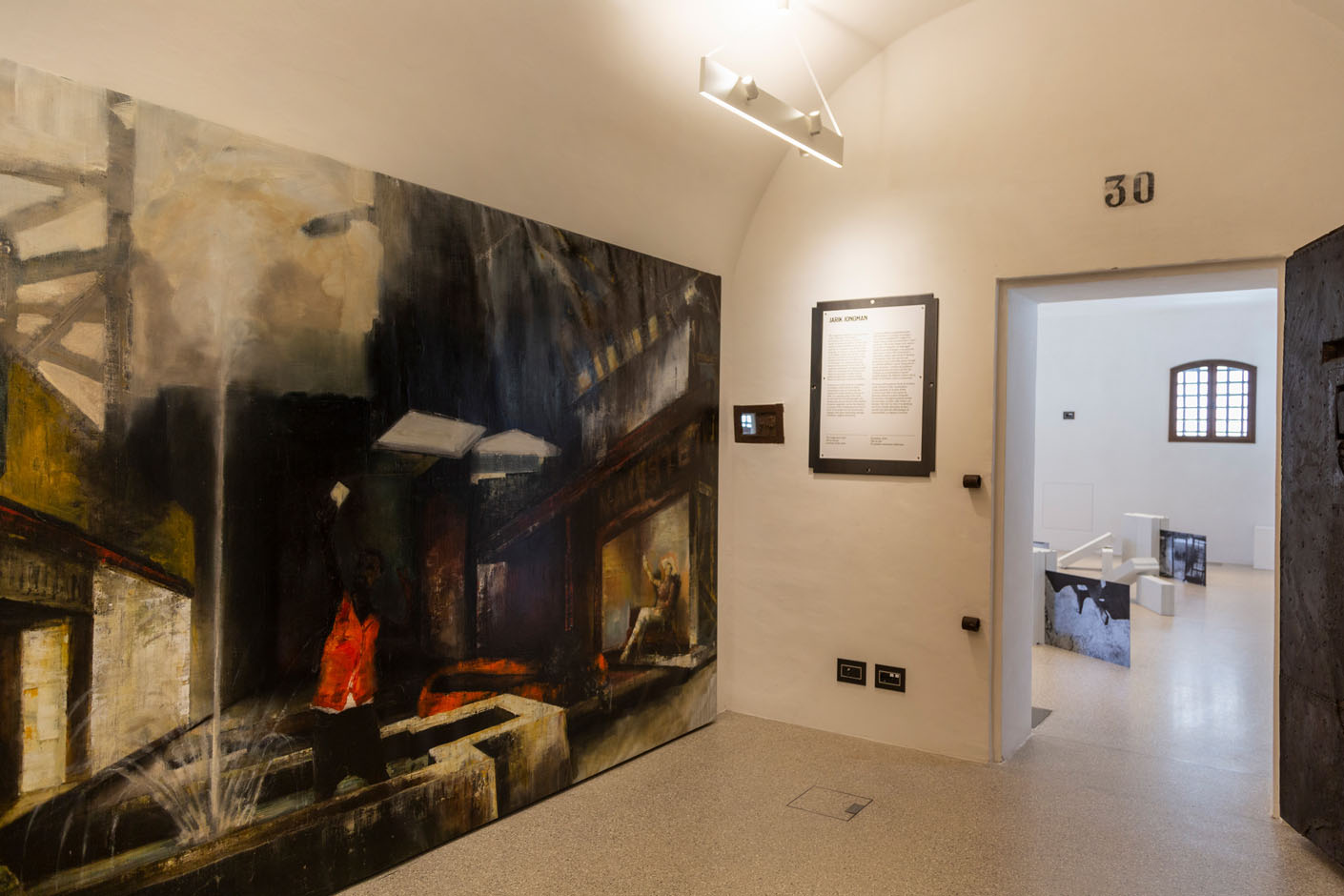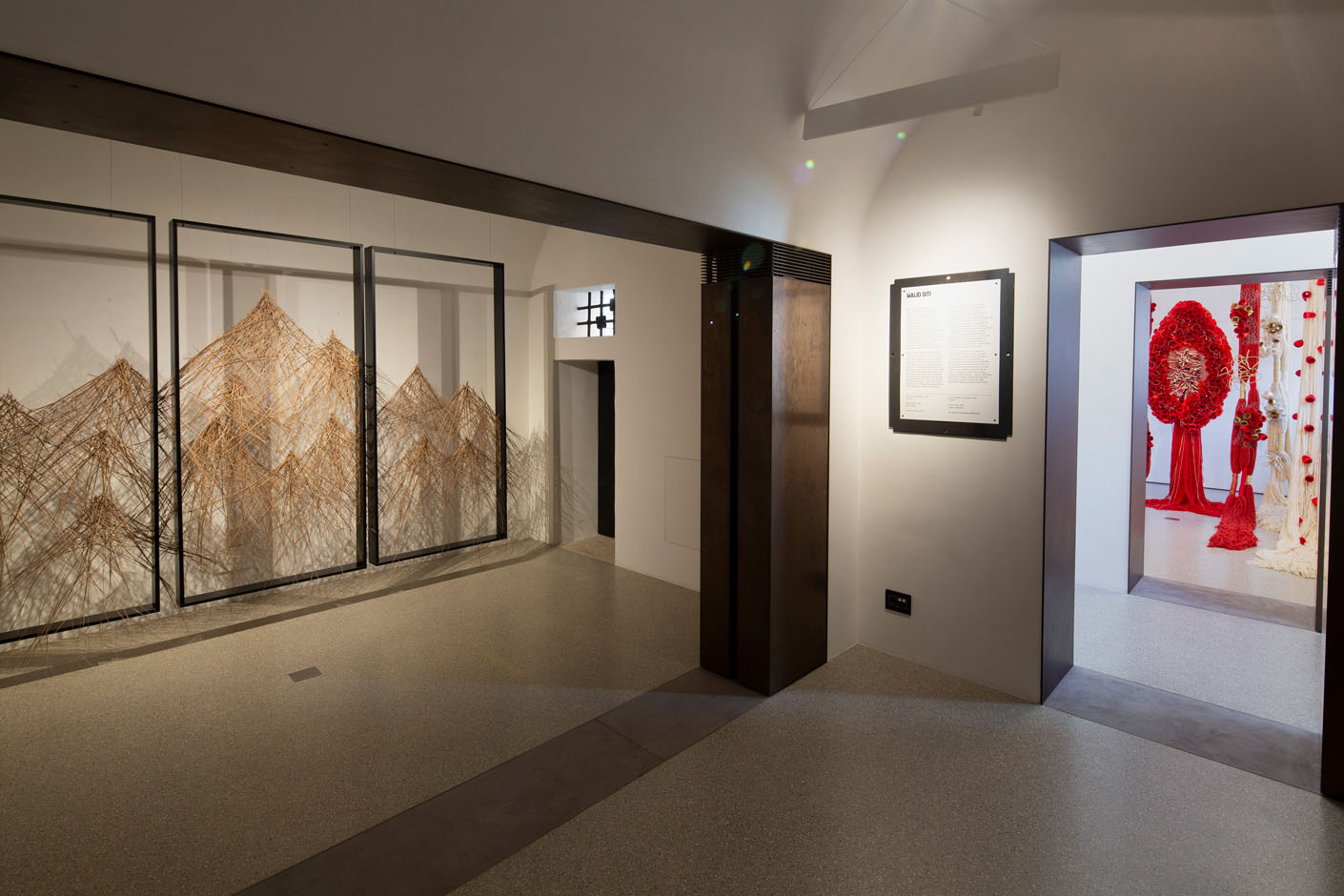Exhibition
When The Globe is Home
The exhibition When the Globe is Home sets off from the concepts of “home” and “world” to investigate and question its implications, projections and consequences. The continuous contemporary mediation between global and local here takes art as a field of application – a starting point for creation and a cause for reflection.
Curated by
Claudio Scorretti
Irina Ungureanu
discover more
Imago Mundi Collection
Globality implies a multicentric perception of the world, where the distinctions between local and global, in the logic of the “liquid society” illustrated by Zygmunt Bauman, become increasingly fluid and the identity is enriched with new meaning and nuances. “We can no longer accept that the identity of a man can be adequately established by preserving and fixing what he looks like from a single viewpoint in one place,” said John Berger, British writer and art critic.
When the Globe is Home is a manifesto for the diversity and plurality that contribute to defining “our world”, attributing a positive meaning to the idea of globality. Through art, globality symbolically assumes the function of the Greek agora: a space open to dialogue where the pressing problems that affect everyone – not only some people or the places where they originated – are brought to light.
In a critical approach to the new global condition, Okwui Enwezor (art critic and curator of the Biennale Arte Venezia 2015) observed that the “will to globality” led to the collapse of distances: everything appears close to us, and we live in a world of too many proximities. How can we prevent the global vortex from generating a pseudo-proximity that risks flattening local identities? Leaving aside “fashionable globality,” or the globalization that insists on unification of consumption, we can imagine a layered interaction, which gives space and voice to local characteristics, without giving in to the temptation to mitigate the differences.
“As long as a single particularity is missing, globality will not be what it should be for us” – French Caribbean writer Édouard Glissant summarizes with these words the basic idea of this exhibition. Any global image would remain an abstract, virtual and lifeless concept if it were not composed of the sum of local stories and identities: When the Globe is Home feeds on this proliferation of stories to tell the world. Wars, migrations, the climate emergency, sustainability, exile within and outside of one’s own country, gentrification – these are some of the themes addressed by the 13 artists selected from Art Theorema. It is significant to note that, when it comes to focusing on trauma related to these topics, the recurring image is that of losing one’s home and the attempt to find it again. By analogy, every cell of Gallerie delle Prigioni made available to the artists who were invited to create their works here, has been envisaged as a sort of “home” – an intimate and familiar space where to exorcise, compress or expand one’s world view.
3 July 2020 / 26 February 2021
Gallerie delle Prigioni - Treviso
Curated by
Claudio Scorretti
Irina Ungureanu






















